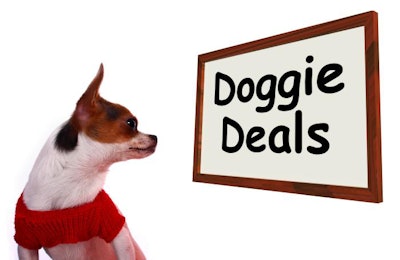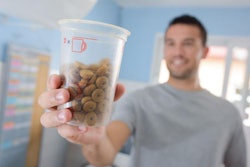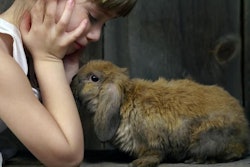
The global pet food industry has enjoyed sales increases for several years, more so than most other consumer goods sectors, even with sluggish growth in some regions. For example, dog and cat food sales in the US have experienced 20 percent growth since 2012, according to Jared Koerten, senior research analyst for Euromonitor, who referred to this market as a model of consistency.
And indeed, data released by the American Pet Products Association (APPA) during Global Pet Expo 2018 showed that US spending on pets reached a record high of US$69.51 billion in 2017, a 4 percent increase over 2016. That included US$29 billion spent on pet food, by far the largest pet care category (veterinary care was second at US$17 billion). The 2017 pet food figure represented 2.9 percent growth over 2016.
A word of caution: deflation in pet food prices
Yet not all is rosy for the future. One word of caution comes from John Gibbons, a longtime pet industry member and analyst, and author of the PetBusinessProfessor.com blog. He did a deeper dive into APPA’s data over the last three years and pointed out that since 2013, the US pet food market has been deflationary — and in 2017, set a record deflation rate of -1.1 percent.
While the value of pet food sold grew by 4.1 percent, the deflation rate may be a worrisome sign. “In a need category, this usually slows retail sales,” Gibbons wrote. “However, at the same time, we have seen a strong trend to upgrade to ever more expensive premium foods. This has produced the unusual situation of growing retail sales despite extraordinarily strong deflation.”
Competitive US pet food market needs ‘next big thing’
According to Gibbons, these “dueling” factors mean that today’s pet food market in the US is the most competitive in history, with manufacturers, retailers and entire retail channels “actively engaged in a furious battle” for pet owners’ pet food dollars. “While this price war is initially great for consumers, it could have a negative impact on the supply and distribution channels and ultimately on the consumer through reduced choices,” he wrote. “In the future, a positive inflation rate for food that stays at or near 1 percent should produce the best results for everyone.”
Gibbons said it’s too early to predict what will happen for the remainder of 2018, though signs to date are not positive: through February, the rate of deflation was -1.3 percent. “Last year prices were up 0.17 percent through February and we still got a record -1.1 percent annual price drop,” he said. “To counter this continuing deflationary environment, we need yet another new, must-have upgrade in pet food to drive consumer spending up.”
Ah, the ever elusive “next big thing” for pet food. What new product format, ingredient or delivery trend will start the next stage of the pet food market’s evolution and spur continued growth? Perhaps customized nutrition? Or feeding your pet as a true experience, similar to the “foodie” culture for people?
Whoever can answer these questions may well hold the key to new market leader status.
















